It was a sudden rush of the moment when I decided to visit the shrines of Nikko. The day before I was shuffling through some souvenirs at the Tougyoku Doll museum, when I chanced upon a set of hand painted cards of popular UNESCO sites in Japan. The box contained a set of six UNESCO sites, of which I had visited all, barring Nikko. So it was decided right then that we were going to Nikko the next day.
The “Shrines and Temples of Nikko” refer to the Toshogu and Futarasan-jinja shrines, the Rinnoji temple and the surrounding sacred forest located in Tochigi Prefecture, in the northern part of Japan’s Kanto region. These architectural and decorative masterpieces of Nikko, together with their natural surroundings, have been a sacred site for centuries.
Train ride from Takasaki to Nikko
We started out in the early morning from Takasaki. It was a dull cloudy day. We had been staying at the Tokoyo Inn in Takasaki. It’s just a 5 minute walk from the station and has good facilities.
I had been to Nikko once earlier when I visited Lake Chuzenji, so I knew it takes some time specially on the local train from Utsunomiya Station on the JR Nikko Line. I hope they would schedule some express trains in the future for tourists who generally go directly to Nikko, rather than stopping at all stations. That would save a lot of travel time.
We reached Nikko by noon. At the station the first thing we did was check with the information booth.
The lady at the counter alerted us that a huge traffic jam was underway and we would be better off on foot rather on the sightseeing bus. So we walked down the quiet streets. Along the way, we picked up a couple of ice cream cones for the road.
The city of Nikko is a cozy place with small shops and restaurants. We saw many foreign tourists also making their way towards the shrines. The city does not have many hotels and generally visitors come here on day trips and head out before dusk.
Shin-kyo Bridge
After walking for about 20 minutes we were at a beautiful arch-shaped bridge covered in vermilion lacquer and supported by stone piers. The Shinkyo Bridge acts as a gateway to the shrines and temples of Nikko.
Legend has it that once Shonin was unable to cross the strong rapids of the Daiyagawa river. So Shonin prayed to the gods and gods answered by sending two snakes which formed a bridge for him to walk across. We stayed at the bridge for some time enjoying the cool breeze across the river.
History of Nikko
From the bridge, we entered the forested area of Nikko. A series of moss-covered steps led us up the mountain towards the Tosho-gu Shrine. It had started to drizzle as we made our way uphill towards the shrine. Even though Nikko is 3 hours away, the cloud cover had followed us all the way from Takasaki
The sacred forest of Nikko dates all the way back to the 8th century. It was then that Shonin founded the Shihon-ryu-ji Temple (formerly Rinno-ji Temple). Later he also founded the Chuzenji Temple in 782 at the foothills of Mount Nantai. Shodo Shonin passed away in the year 817 and was buried in Kaizan-do Temple. Thereafter for centuries, the area with its forest and mountains became a training ground for Buddhist monks.
However it was only when the forest was chosen to house the mausoleum of Tokugawa Ieyasu, the ruling warlord of Japan, that Nikko became popular. People came from all over Japan to witness the beautifully ornate shrine.
The path to the Tosho-gu shrine is lined with giant ancient trees that reminded me of the Kumano trail in Nachi.
At certain points pilgrims had tied Ema on the bushes.
After the initial climb, the trail is easy and we were quickly at the shrine.
I was surprised by the huge crowd that had gathered at the Tosho-gu Shrine. Nikko, it seems is very popular among foreign tourists and even though it was a Monday afternoon, there was no letting up. Many of them are like me who may not be Buddhist but still appreciate the ornate temples created by craftsmen in the late 17th Century. From that moment on, I couldn’t enjoy the place. Too much noise disturbs me. A spiritual place like Nikko can only be enjoyed in silence. But since we were here we decided to at-least witness the decorative Tosho-gu Shrine.
Tosho-gu Shrine
Tosho-gu is the main Shinto shrine in Nikko, and the entrance is through the magnificent Omote-mon gate. It was built as a shrine and mausoleum to deify Ieyasu Tokugawa (1543-1617), founder of the Tokugawa Shogunate that lasted over 2 centuries. As many as 450 thousand workmen and artisans labored over a period of two years to complete Toshogu.
There was a long queue for the admission tickets to the shrine. Beside the ticket booth there is a heavily decorated 5 storyed pagoda. The original pagoda dated from 1650 but burned down in 1815. The present tower is a reconstruction from 1818. The twelve Chinese zodiac signs are carved around the Pagoda’s first level.
While Mani stood in the queue to obtain the tickets, I took some shots of the Omote-mon gate.
The gate is protected by huge red Nio guardian kings on either side.
Through the Omote-mon front gate we found ourselves in front of the three San-Jinko Sacred Storehouses. The beautifully decorated storehouses with colorfully painted carvings are used to keep costumes for spring and autumn festivities. One can see a carving of elephants on the top-tier of the buildings, even though they are not indigenous animals of Japan.
To the left of the entrance is the famous Shinkyusha (meaning “Sacred Stable”), decorated with wood carvings of monkeys. The stable is Toshogu’s only unpainted structure. The only decorated carving is of the three, “Hear no evil, See no evil and Speak no evil” monkeys demonstrating the three principles of Tendai Buddhism. The stable houses a horse named Kotuku, donated by the government of New Zealand.
The “Three Monkeys”, carving below is famous throughout the world for the “see no evil, hear no evil and speak no evil” poses. The carved monkeys covering their eyes, ears and mouth, respectively, were inspired by the Buddhist teaching that if we do not hear, see or speak evil, we ourselves shall be spared from evil.
To the left of the stable on can find some sacred lanterns made of stone and bronze.
Further on after a right-hand bend in the path is the Omizuya lavabo, a holy washing trough, dating from 1618. Water is siphoned from the nearby river for worshipers at the shrine to purify themselves.
A staircase leads up to the Yomei-mon gate. In front of the gate, there are two bells on either side, the roofs of which have a carved Baku on each of the four corners. The elephant-like Baku (獏) is an imaginary creature from Chinese mythology thought to prevent or devour nightmares. It has the trunk and tusks of an elephant, the eyes of a rhinoceros, the tail of a cow, and the paws of a tiger.
The Yomei-mon (meaning “Sunset Gate”) is another amazingly decorated structure with gold leaves, intricate, colorful carvings and paintings of flowers, dancers and mythical beasts and Chinese sages. Historians say about 2.5 million sheets of gold leaf were used, each gold leaf being about 4 square inches. The extensive decorations of the gate displays the artistic taste of this ruling family of Japan that lasted for two and a half centuries. The Youmeimon tower gateway is famous for its lavish decorations that include over 300 dazzling carvings of mythical beasts, such as dragons and Chinese sages. Unfortunately, the gate itself was partly covered due to the restoration underway.
We were finally inside the main area of the shrine. It was so crowded in there, we had to forego all hopes of getting inside the shrine.
During the years, the area has been subjected to many natural disasters, mainly due to earthquakes. Each time, the damaged buildings were restored faithfully, following rigorously the original plans and techniques, using the original materials whenever possible. This has enabled the site to maintain its authenticity and continue to function as a place of religious rituals drawing pilgrims from all over Japan.
Nikko is a vast area of shrines and temples that it is almost overwhelming! Outside the Toshogu shrine, we walked past many other small temples, some closed, some in ruins. The drizzle had stopped by 2 pm and we slowly started on our way back to the train station.
The Nikko shrines and temples is a perfect illustration of the architectural style of the Edo period as applied to Shinto shrines and Buddhist temples. The shrine and temple buildings, together with their natural surroundings, have for centuries constituted a sacred site and the home of architectural and decorative masterpieces. It was a satisfied feeling to have visited the shrine, although I would have loved to be in a less crowded place.
Thanks for reading. Please leave your comments below or follow my story as we visit the Shorinzan Daruma Temple in Gunma.
Disclaimer: The information presented in this article is based on the time I visited the premises. Note that there might be changes in the prices of merchandise and admission fees that might have occurred after this article was published. At times the facility might also be closed for repairs or for variety of other reasons. Kindly contact the facility or facilities mentioned in this article directly before visiting.
Usage of this site indicates acceptance of my Terms and Conditions.
Credits: The historical information presented herein is gathered mostly from local guides that were re-inforced via historical writings.
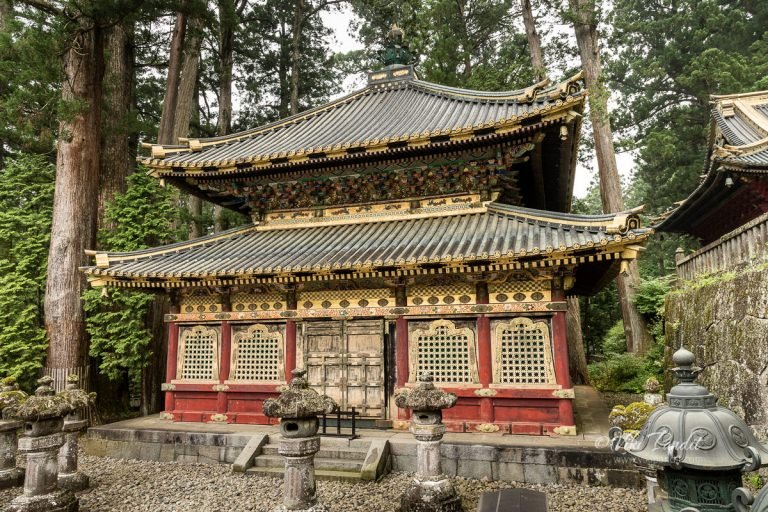
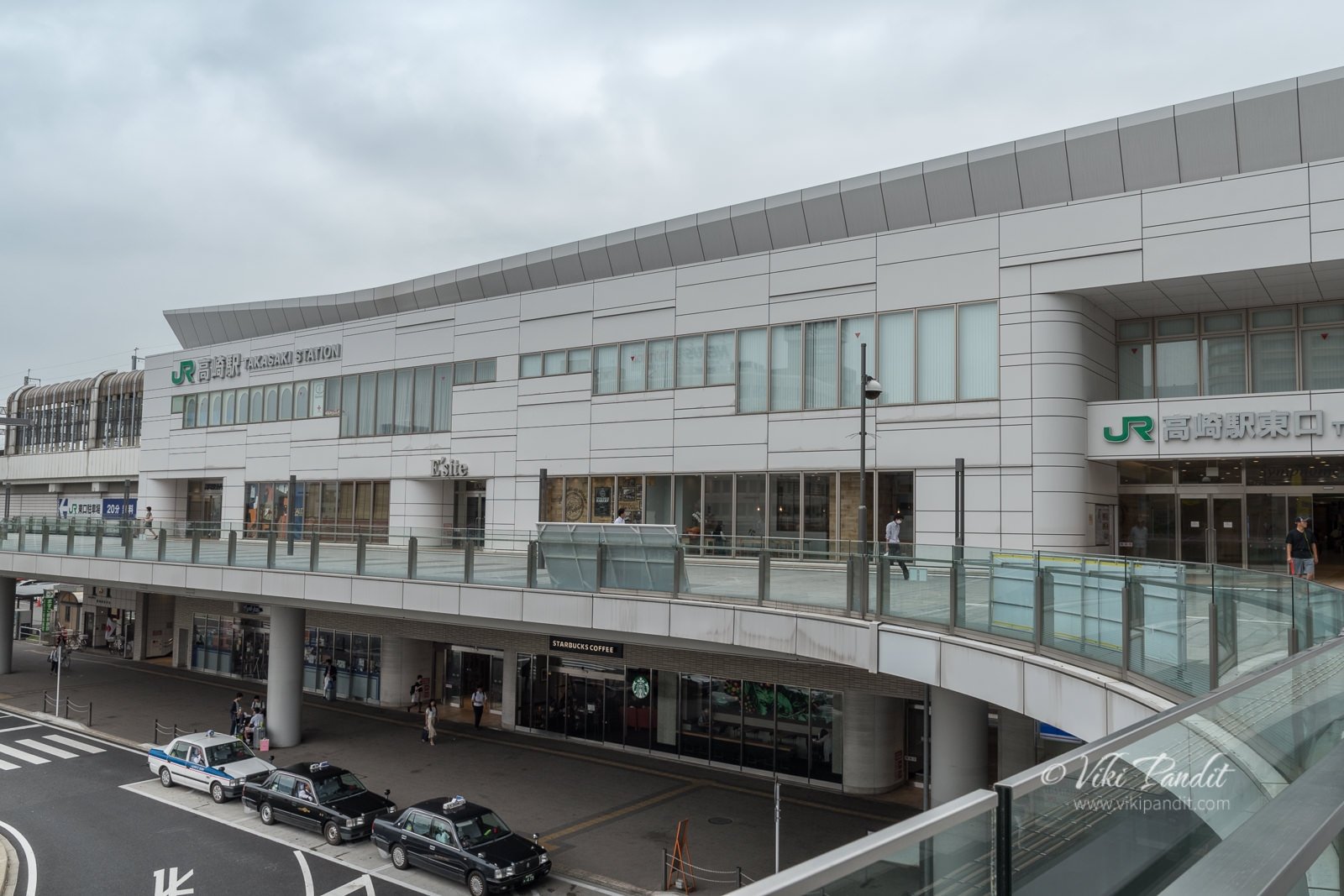

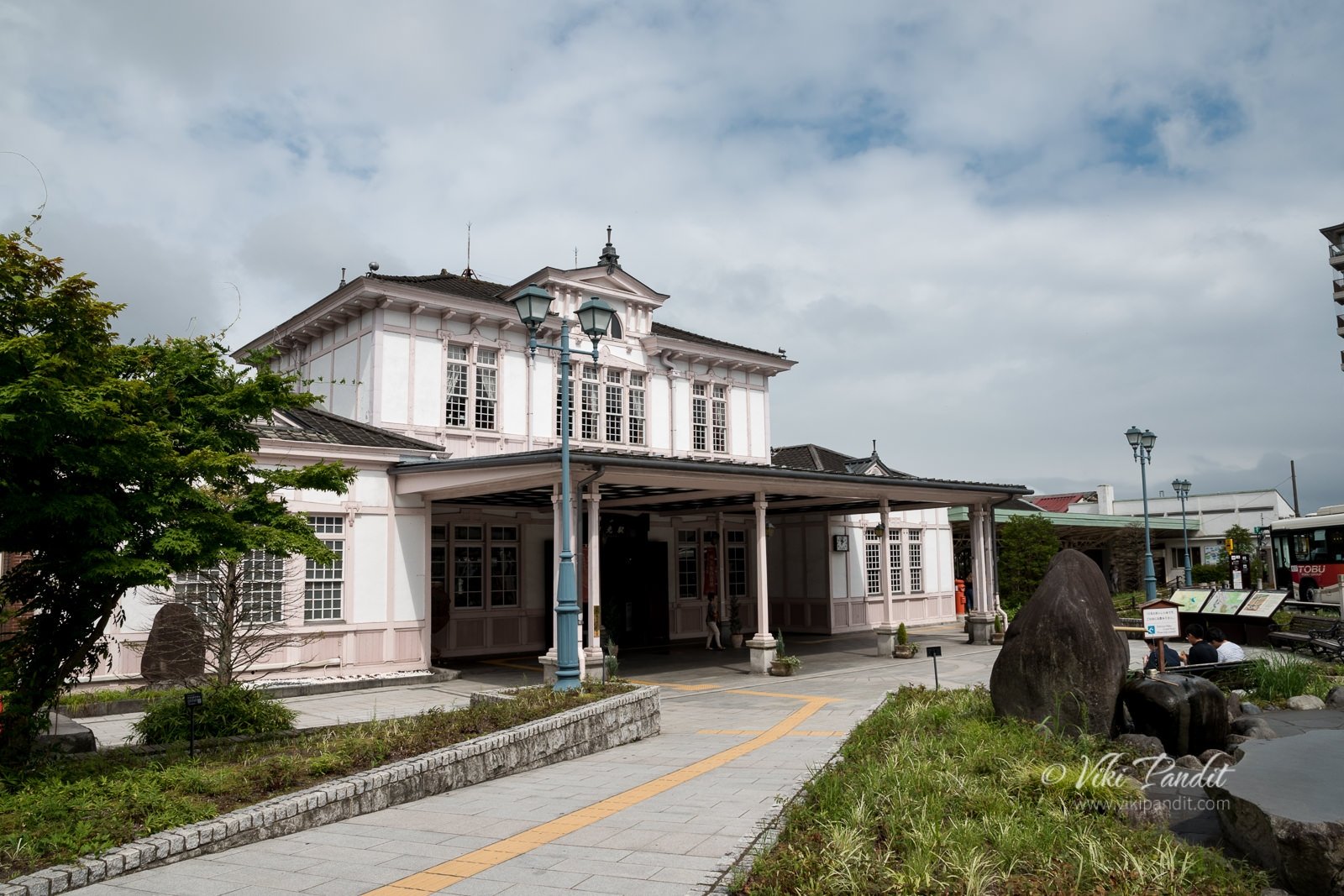

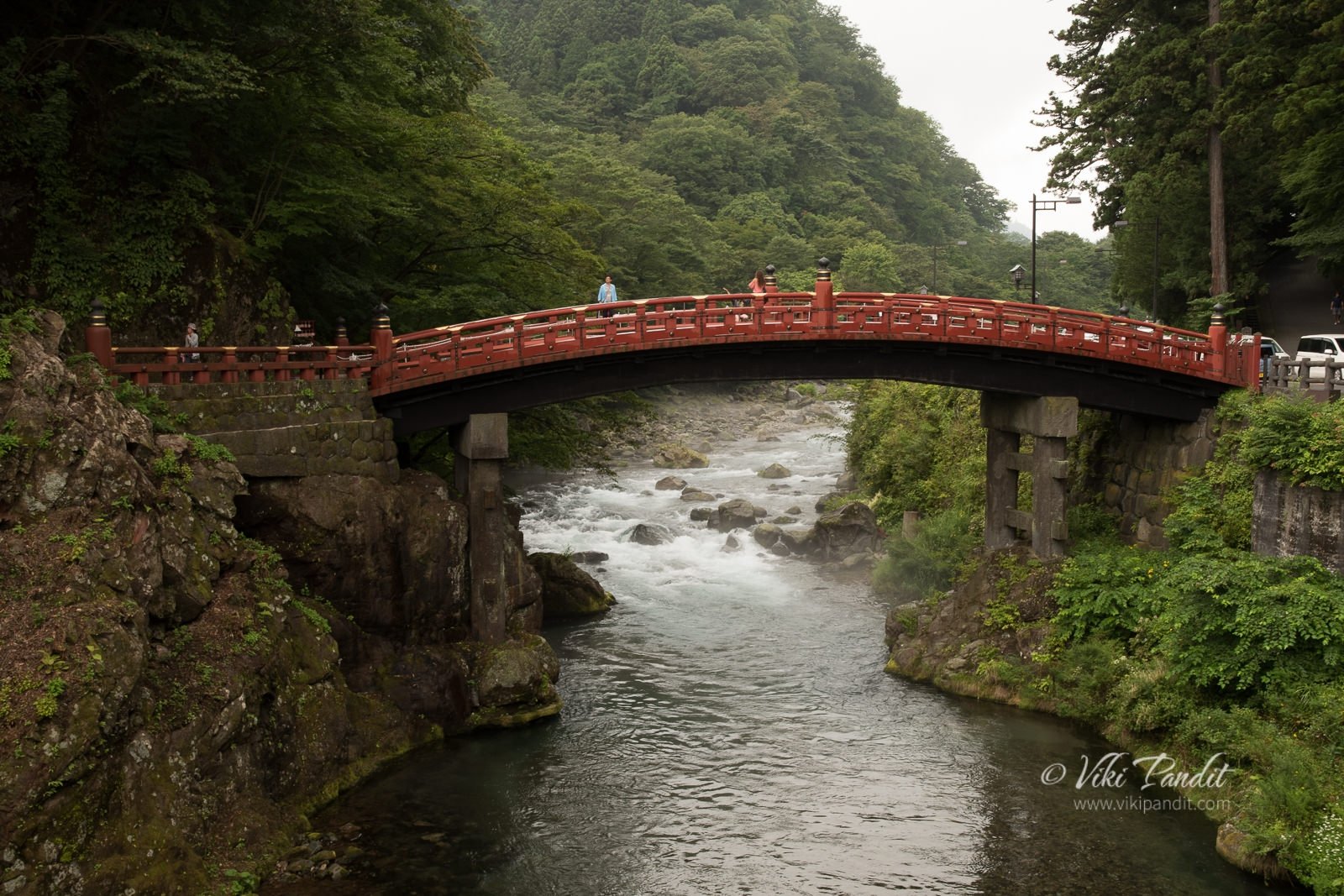




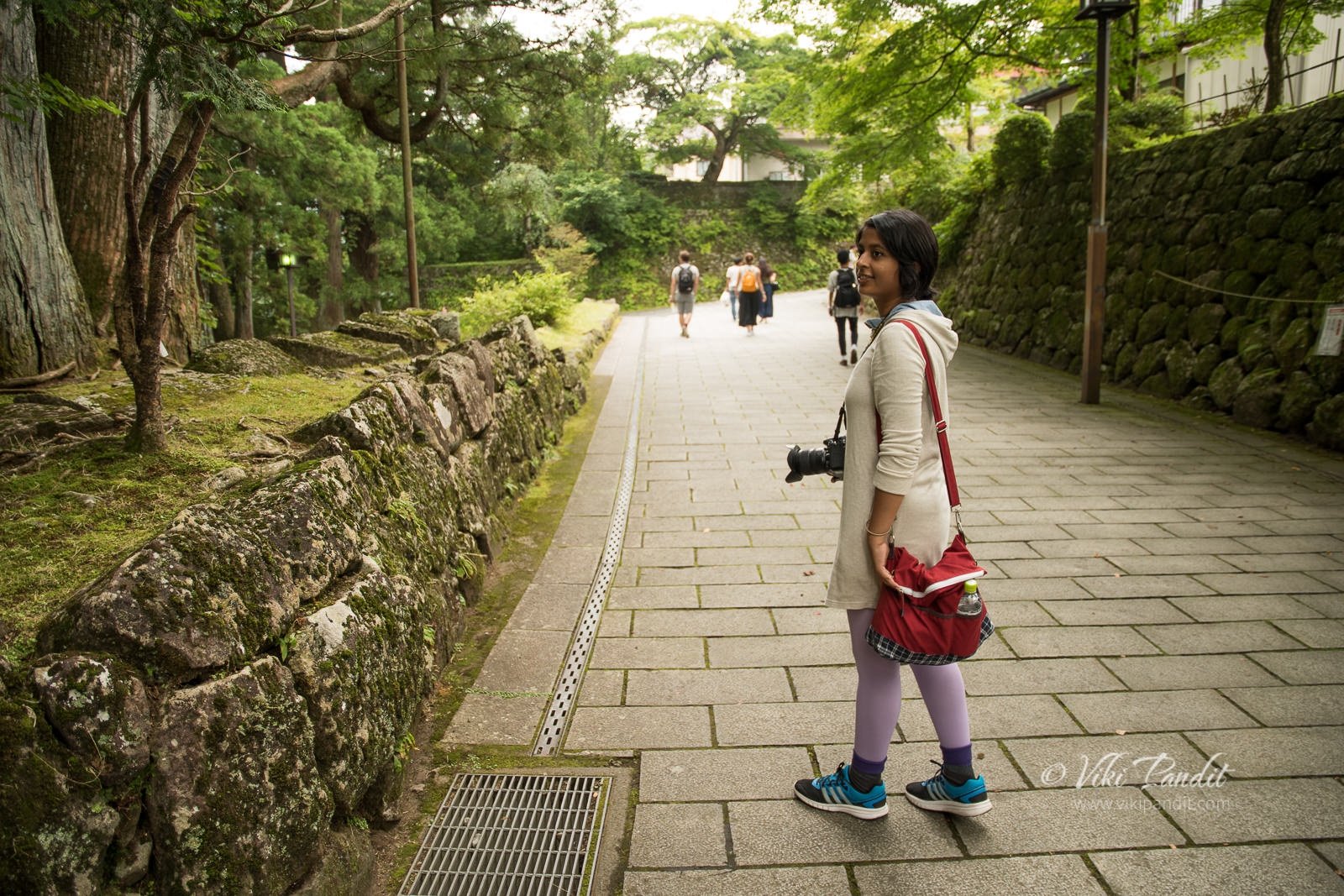
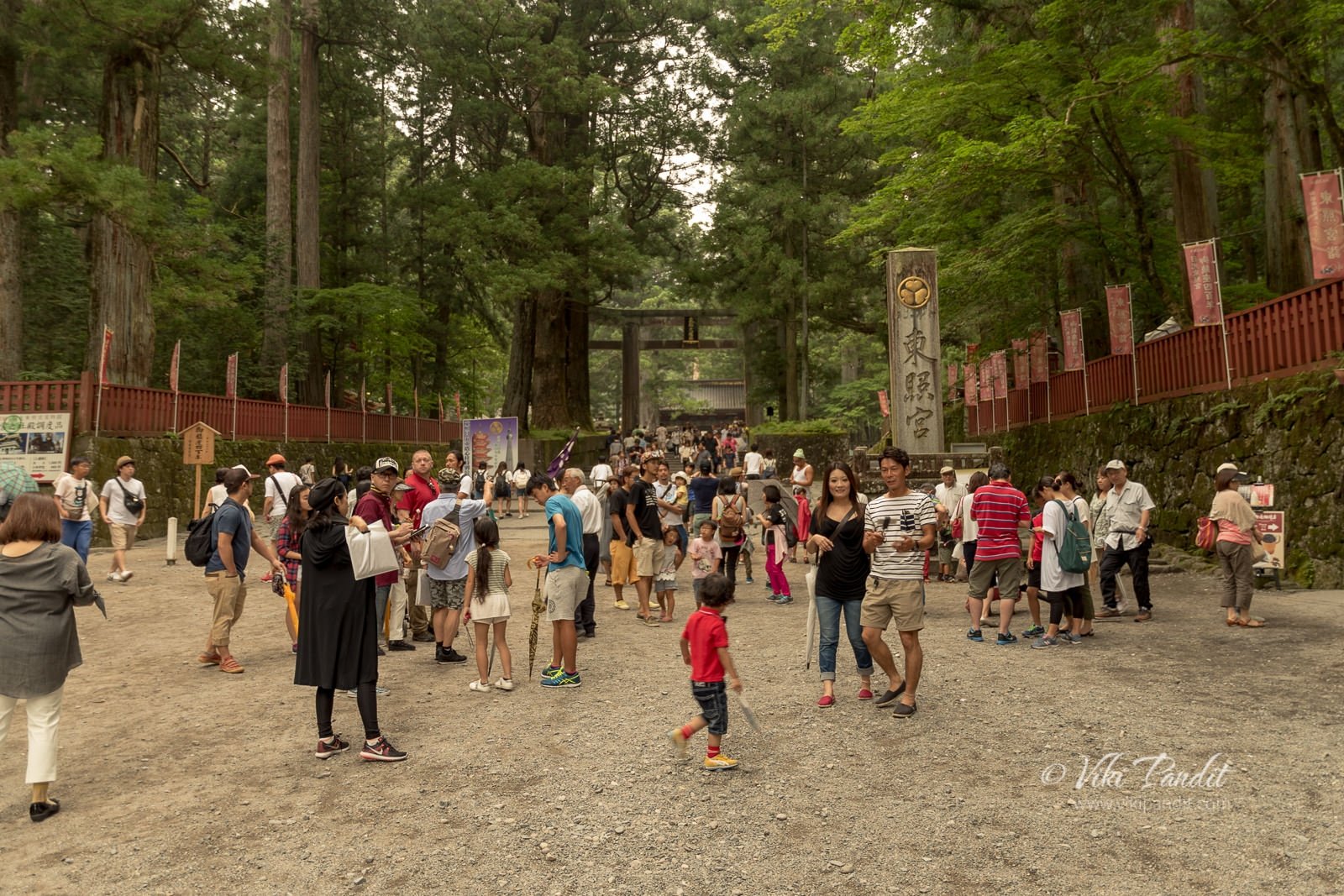

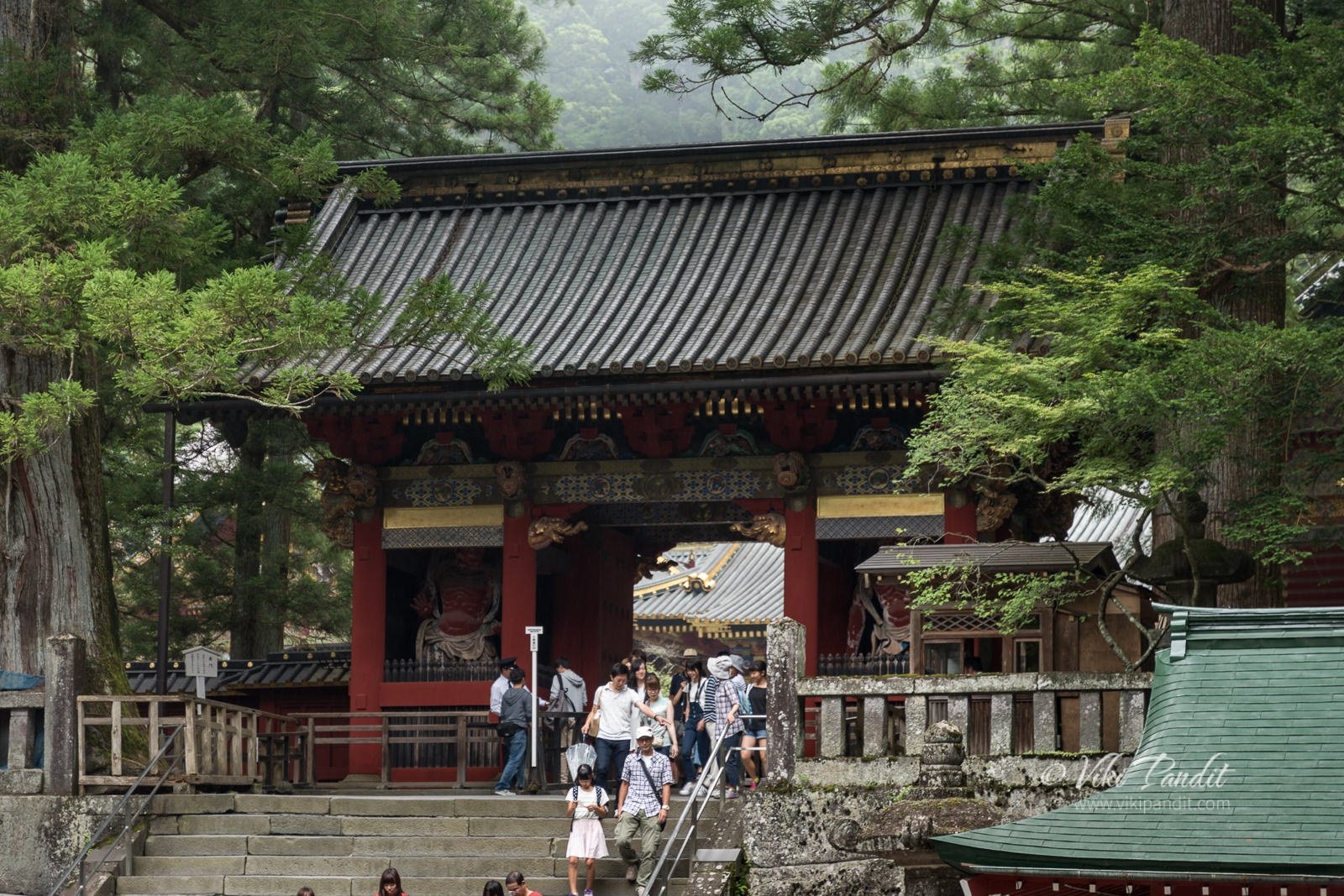







I also visited this Temple in August 2024. It is really a wonderful Temple which requires more time to see all the details. Narayan dear park and these temples are worth to see. My Indian friend has described very well. I am also writing the things which I saw during my Japan visit and preparing a book for Marathi readers’ Chala jag phirya ‘